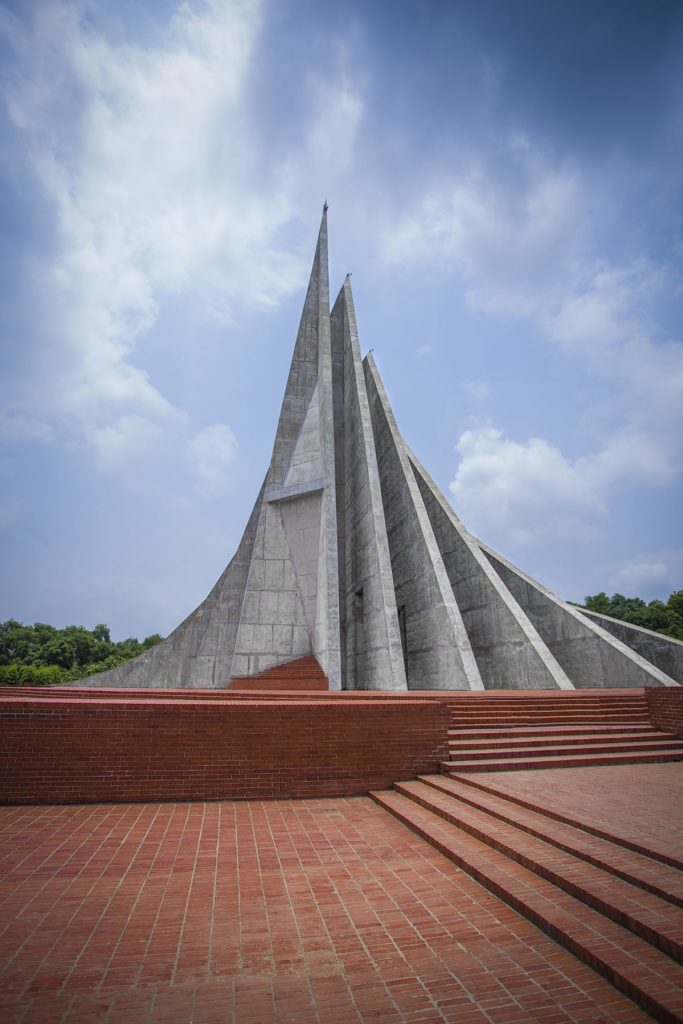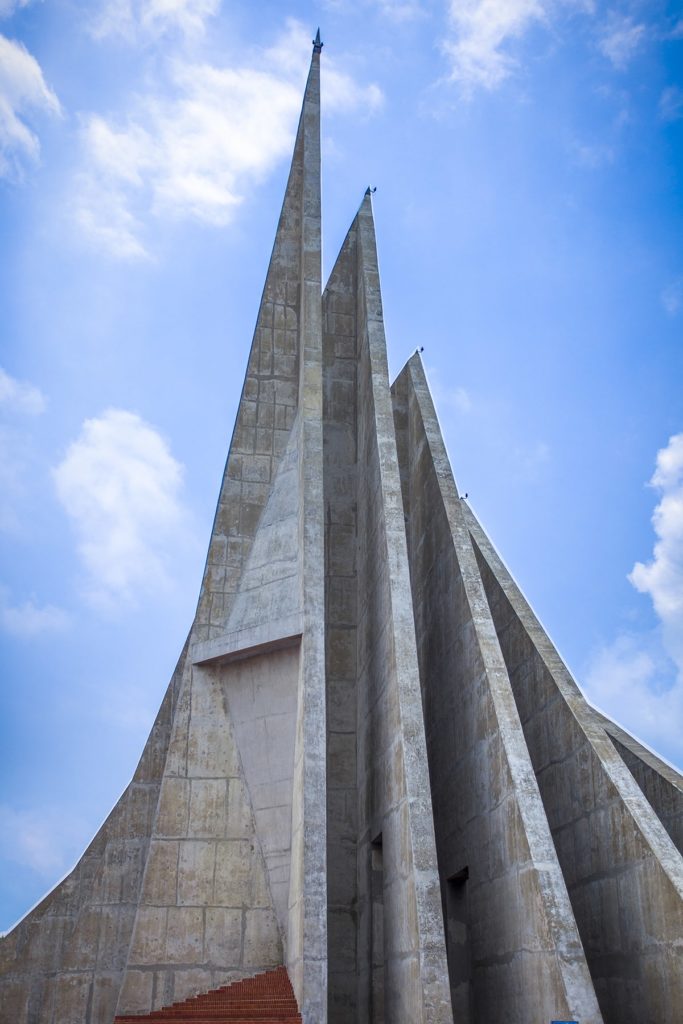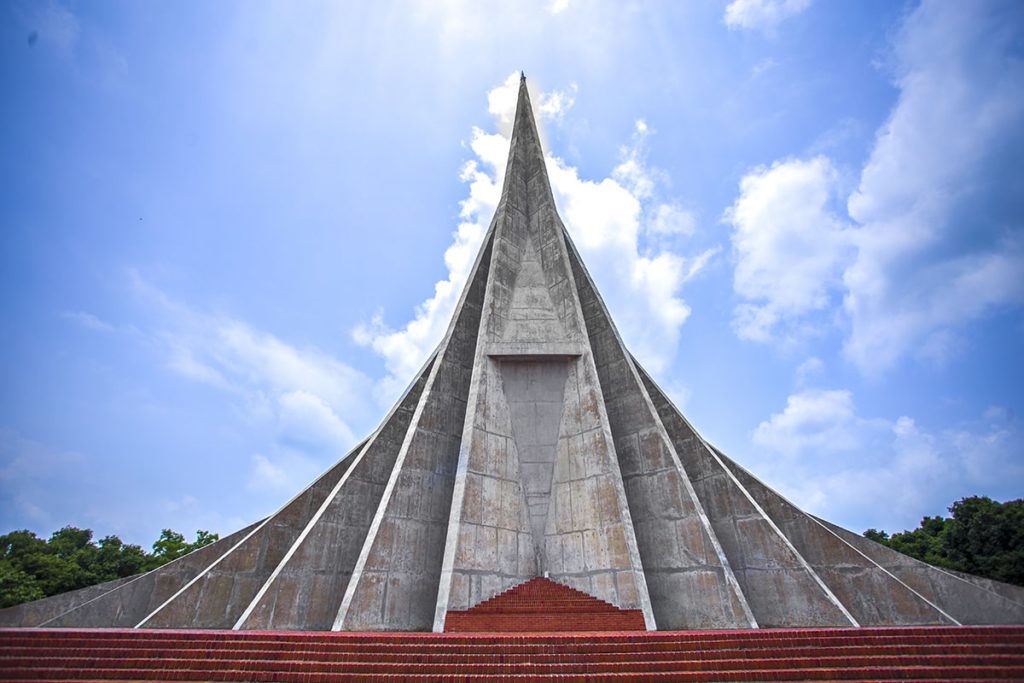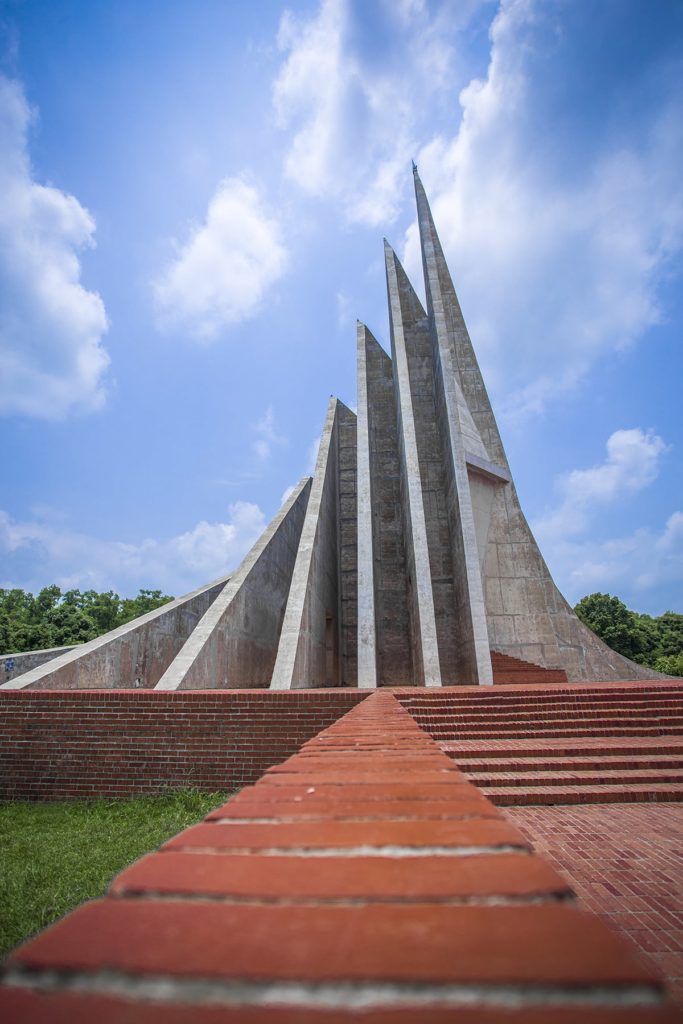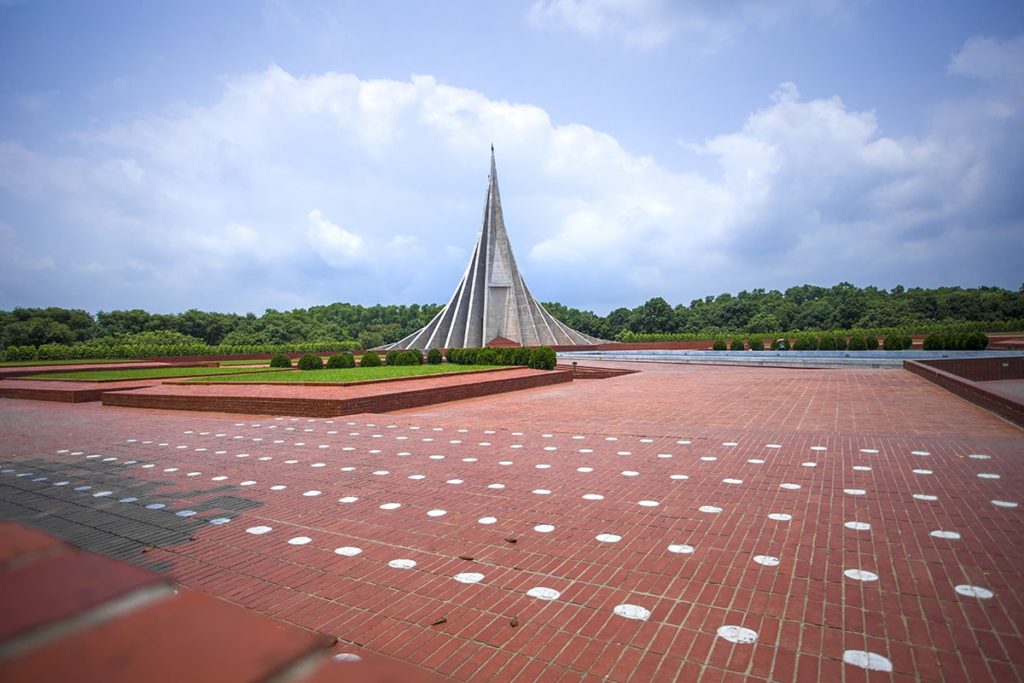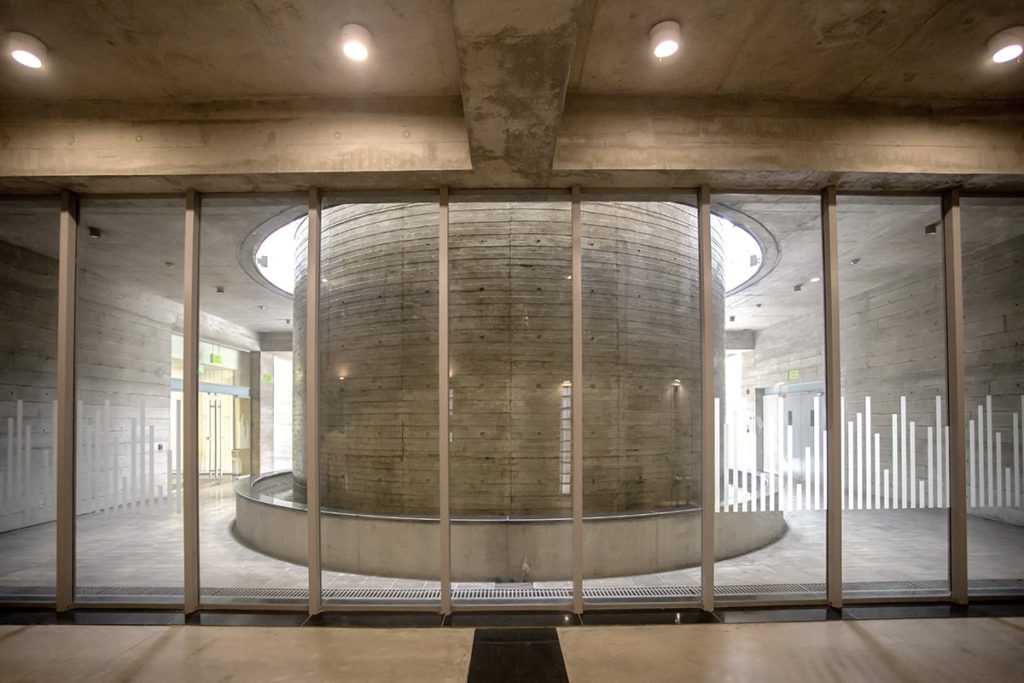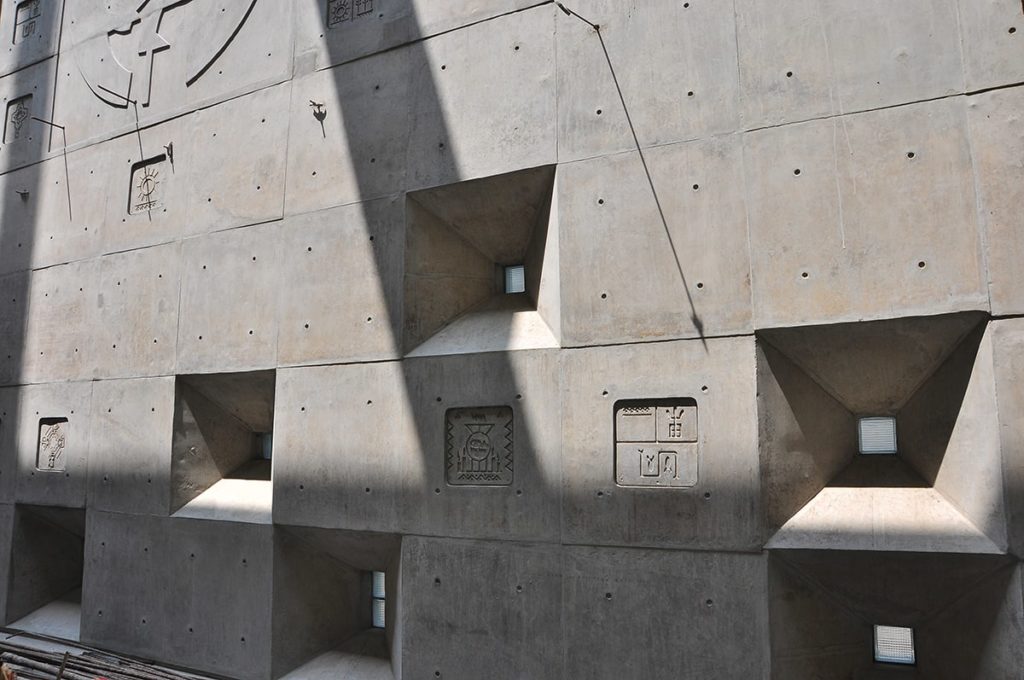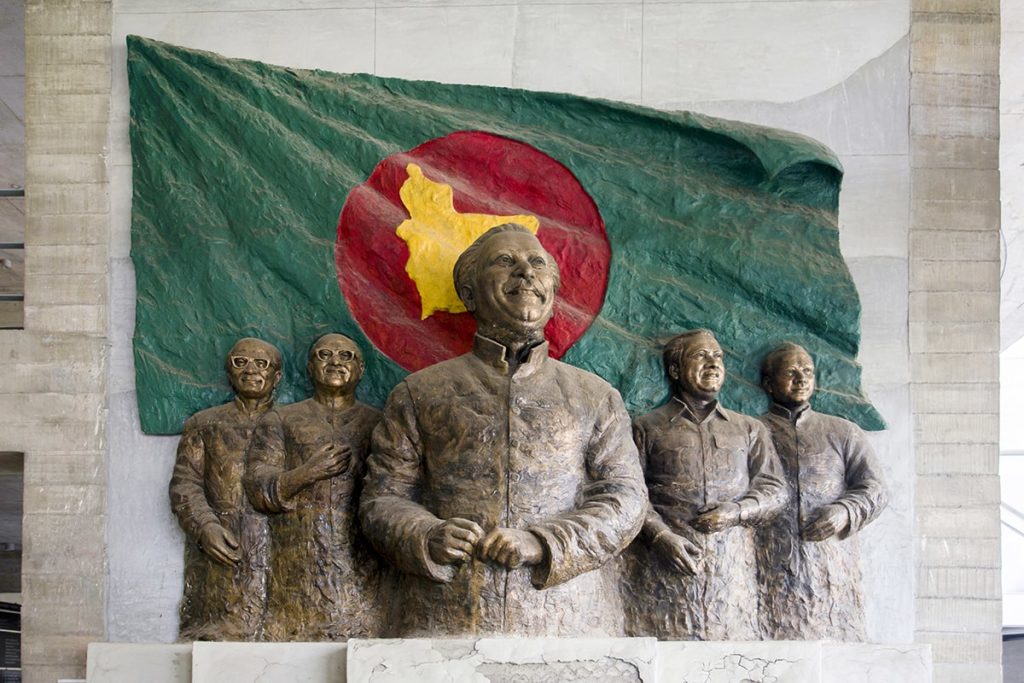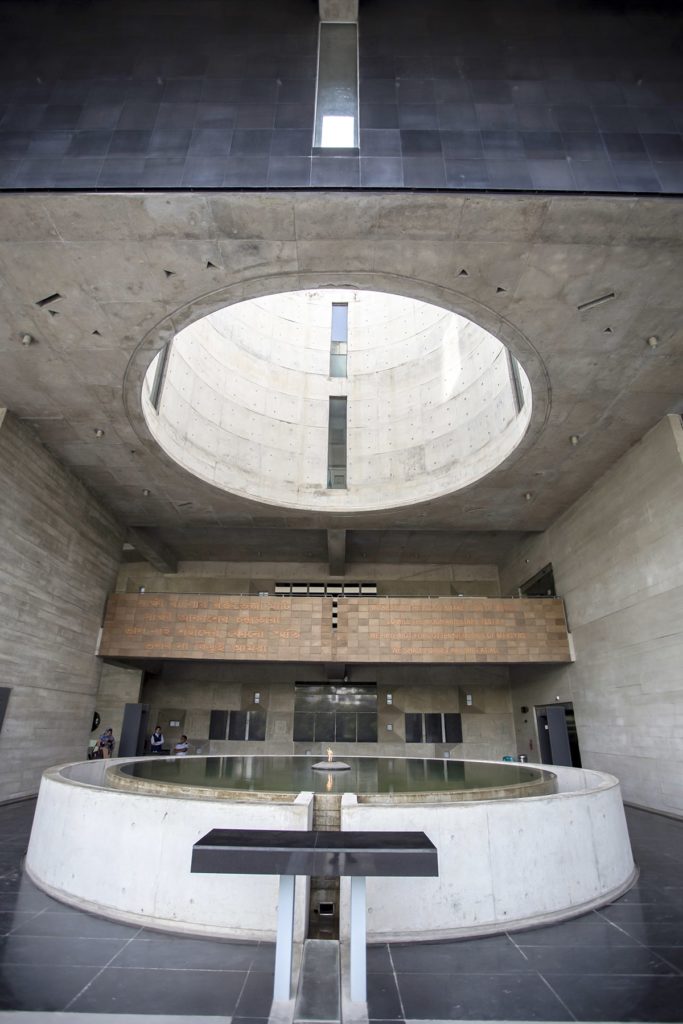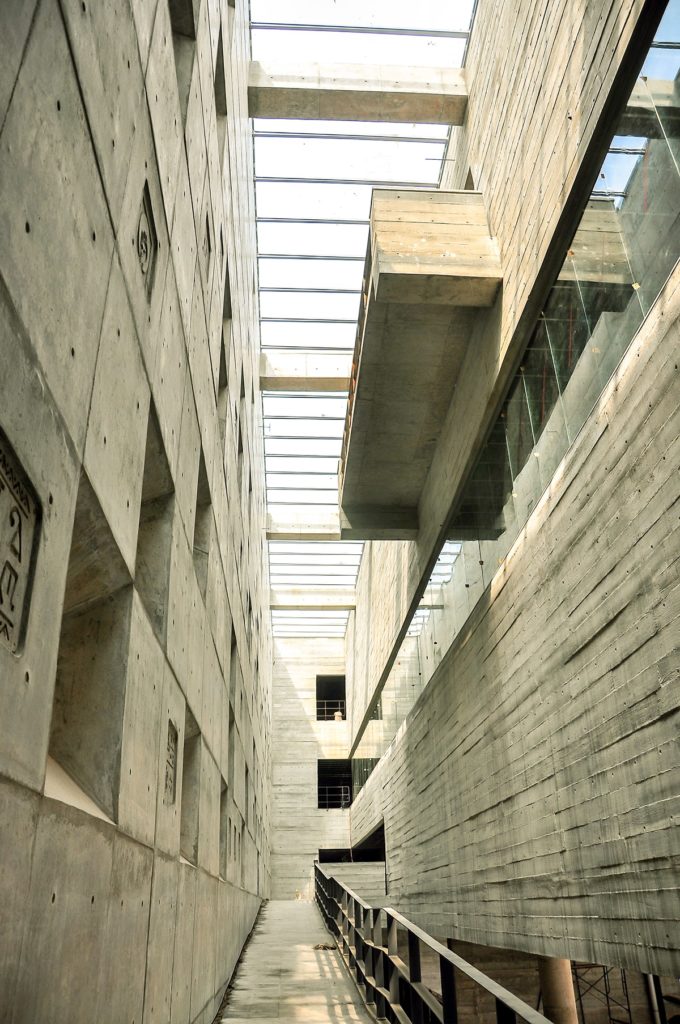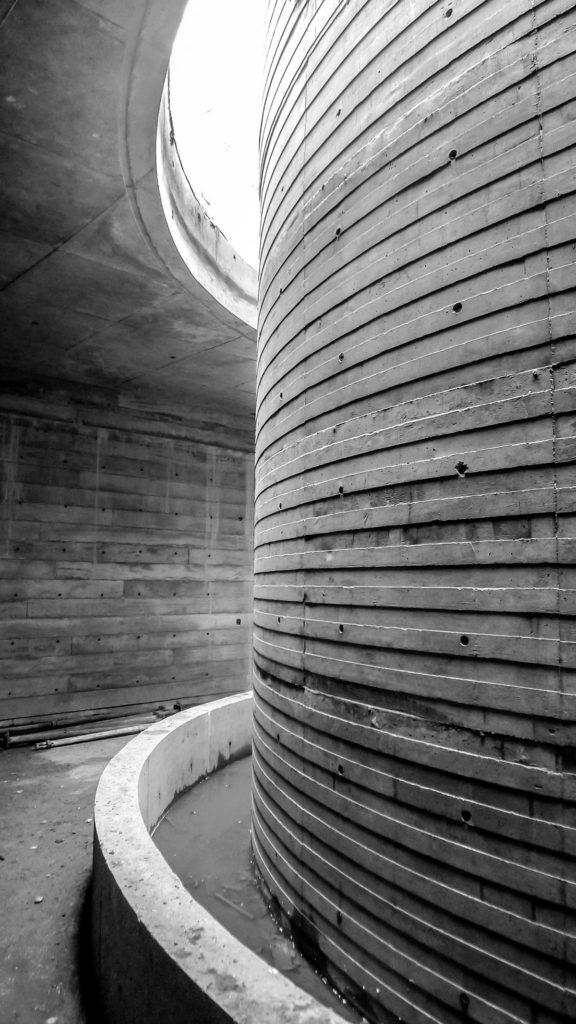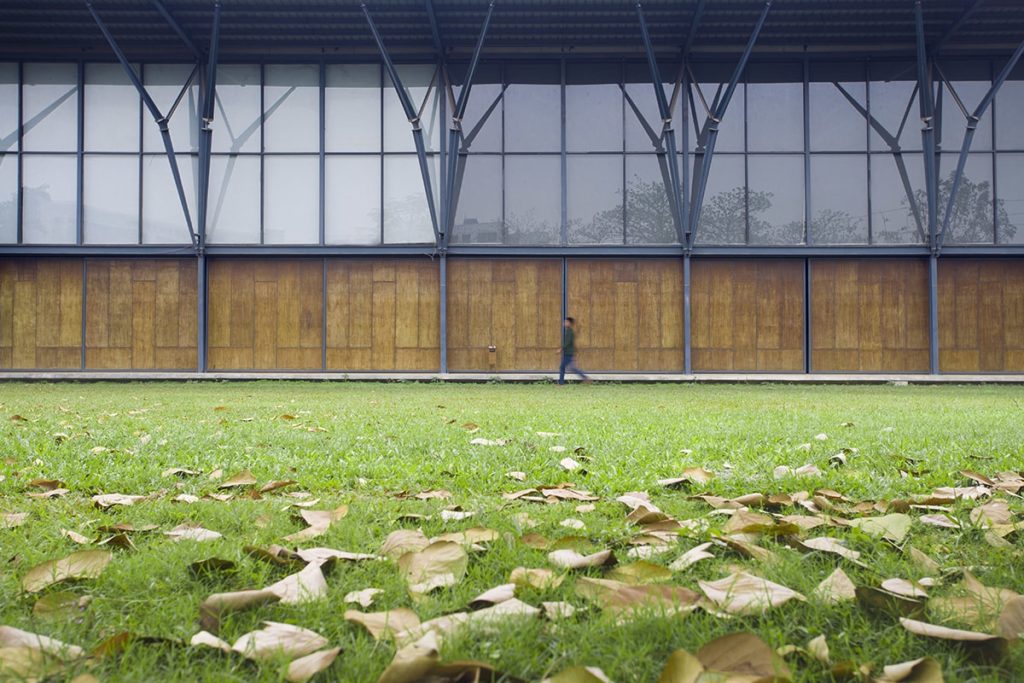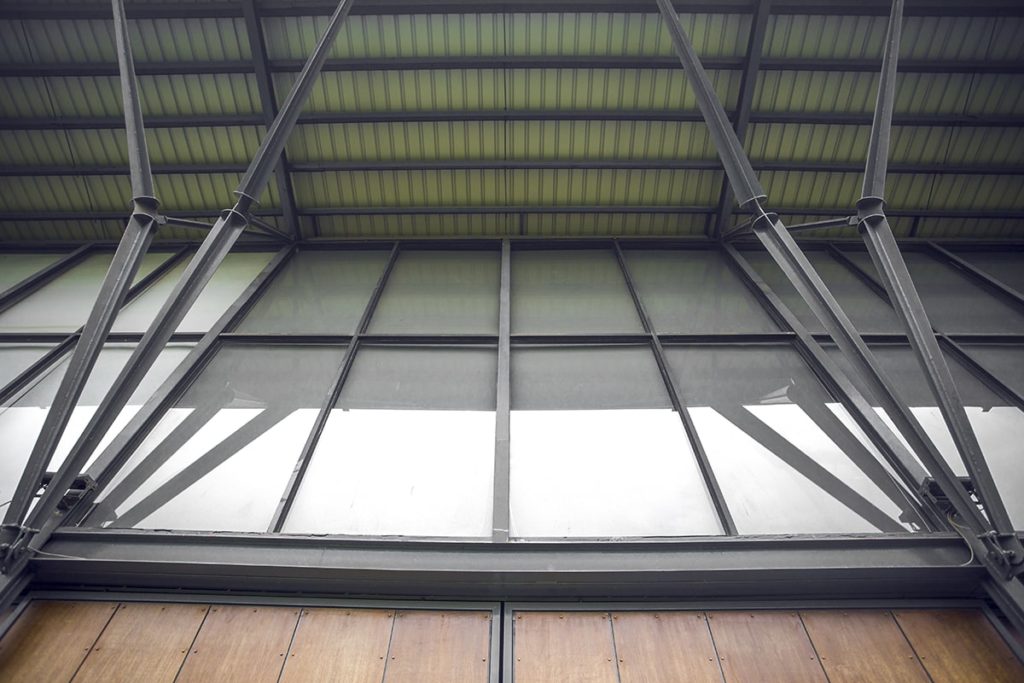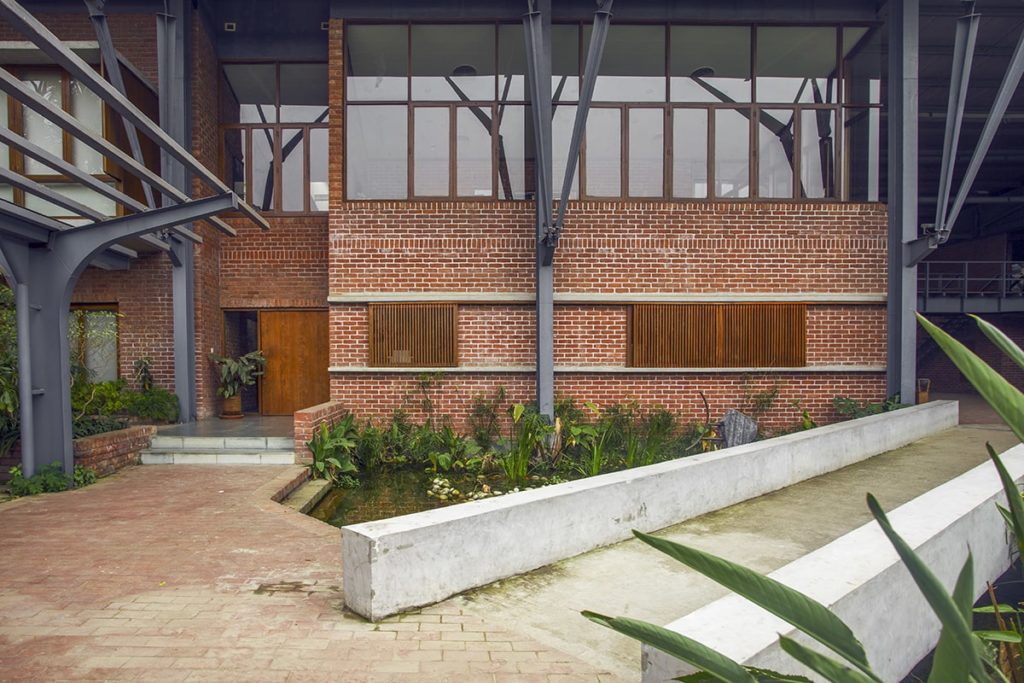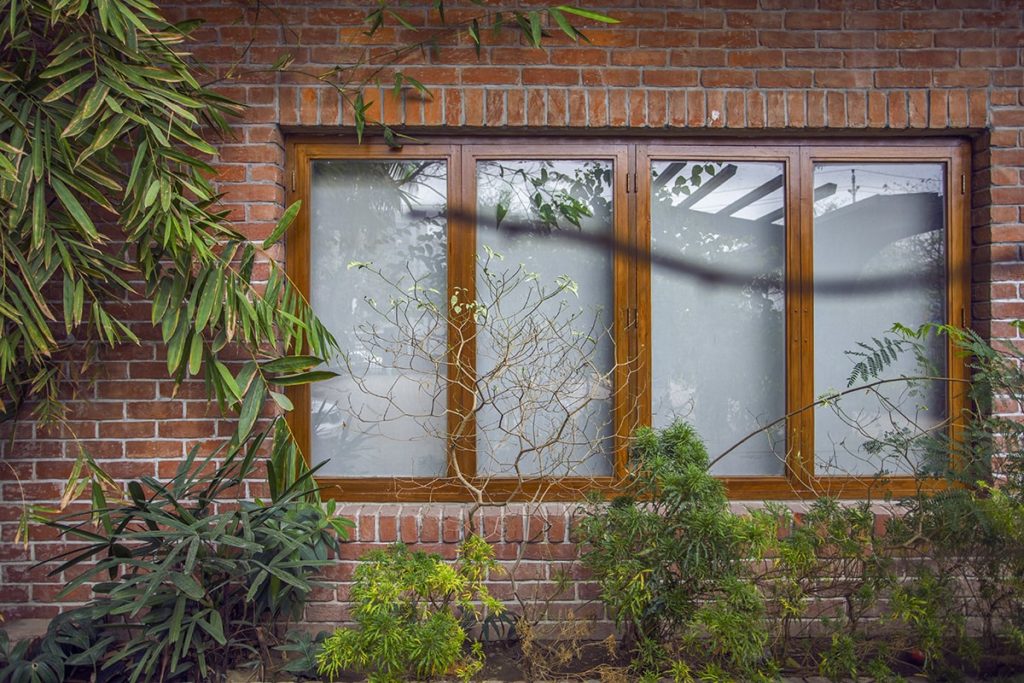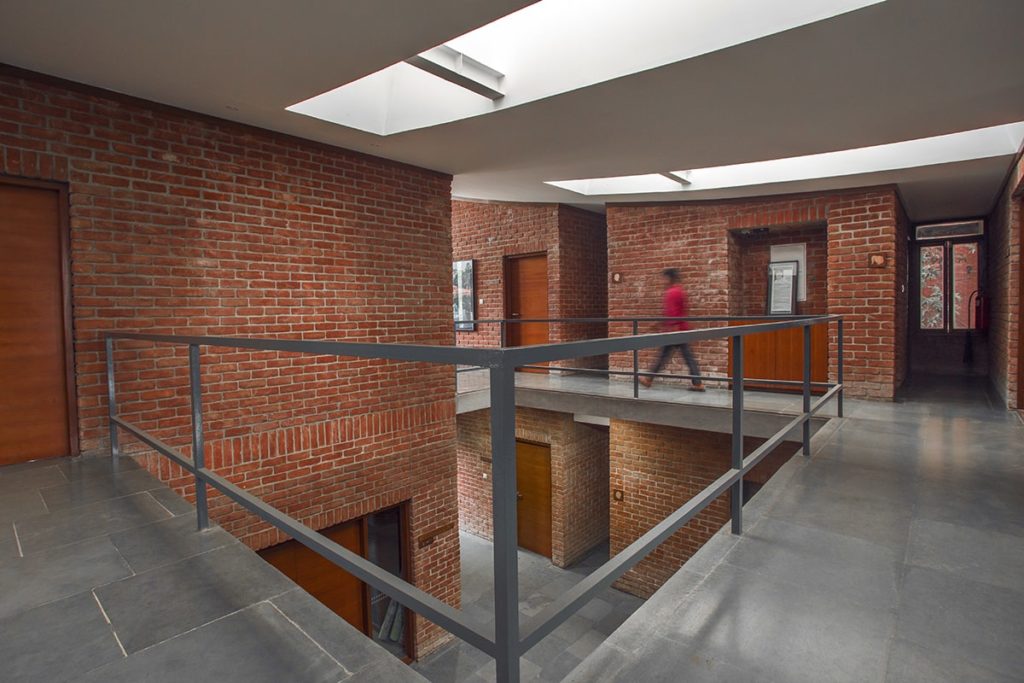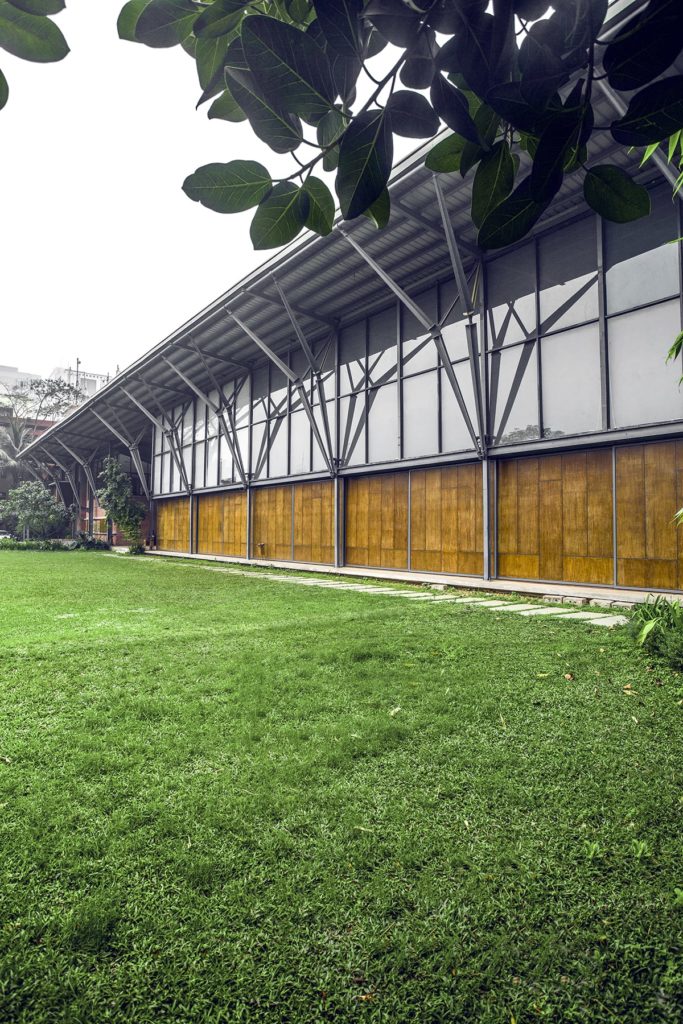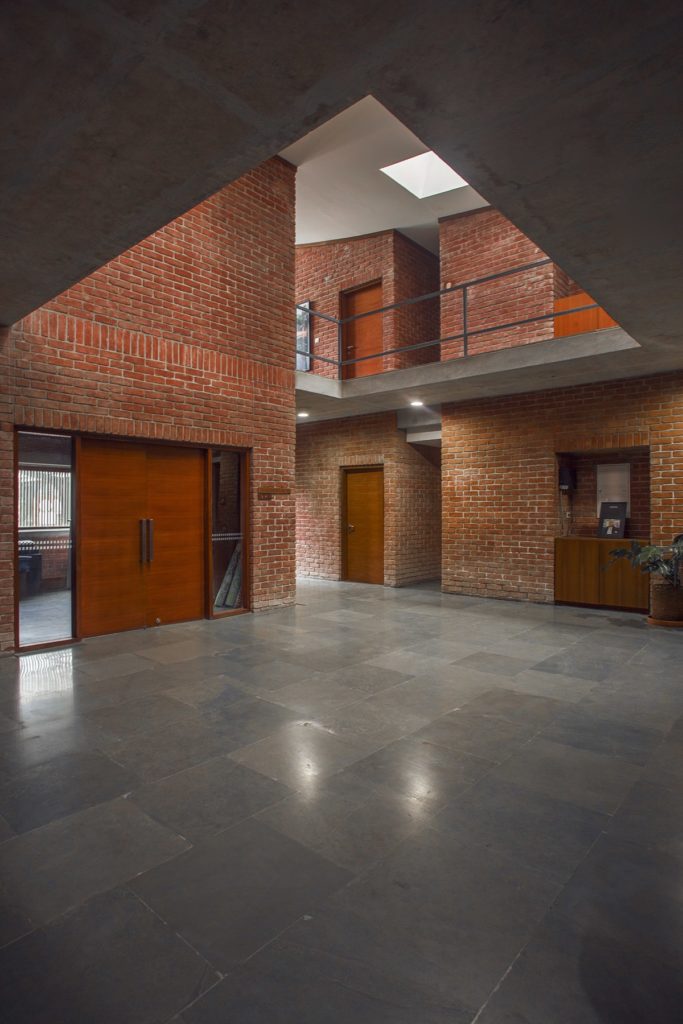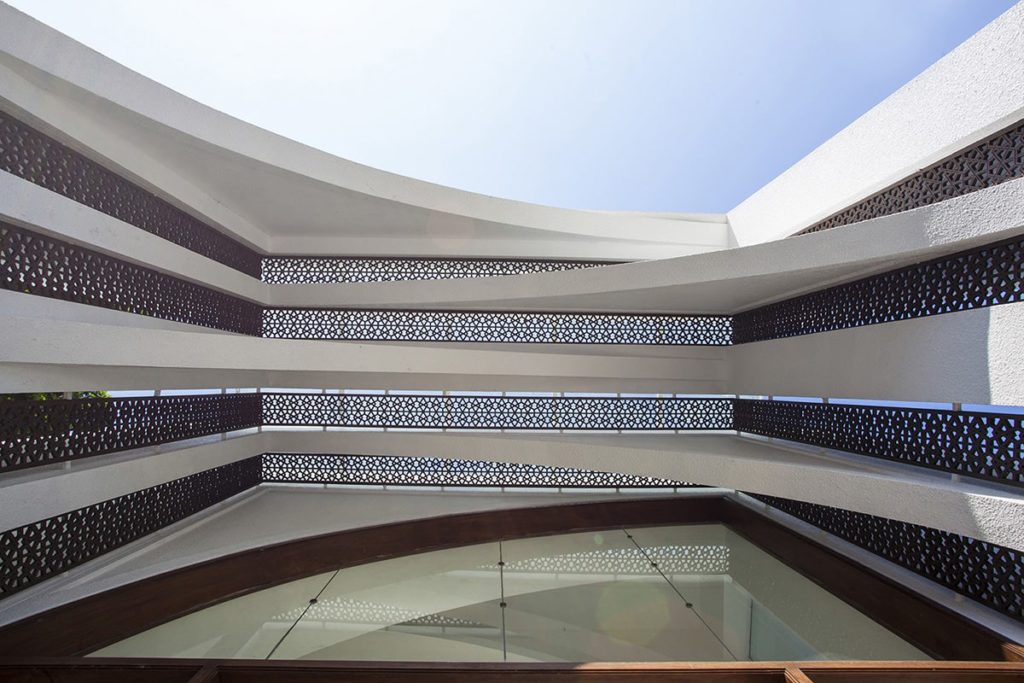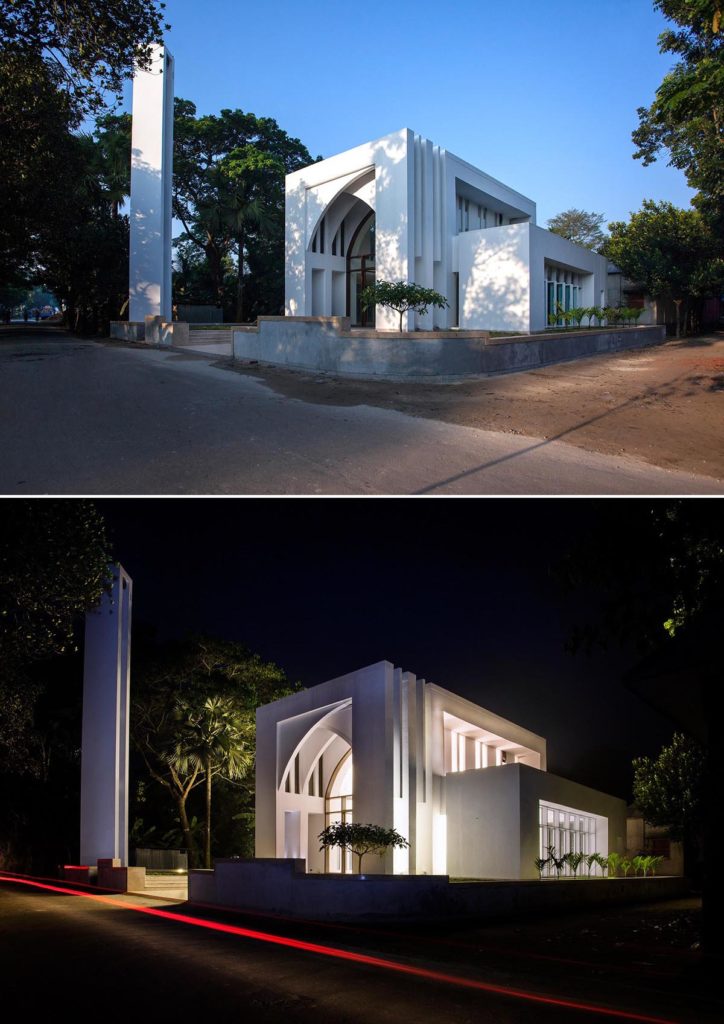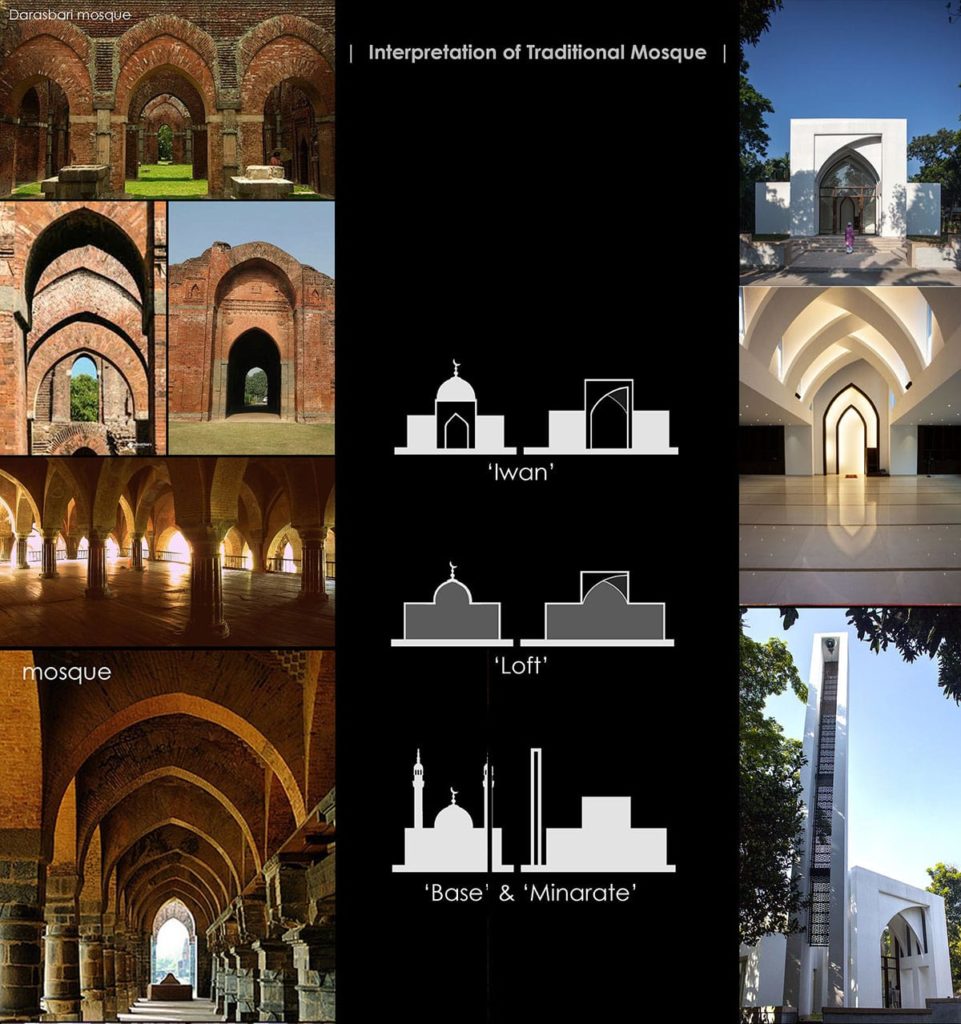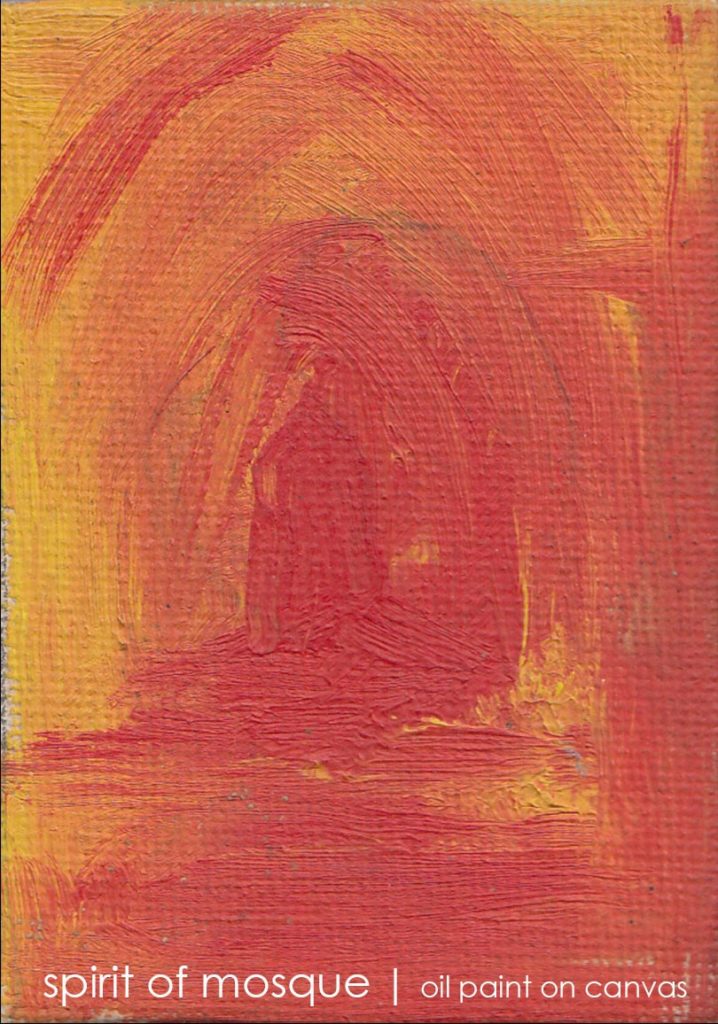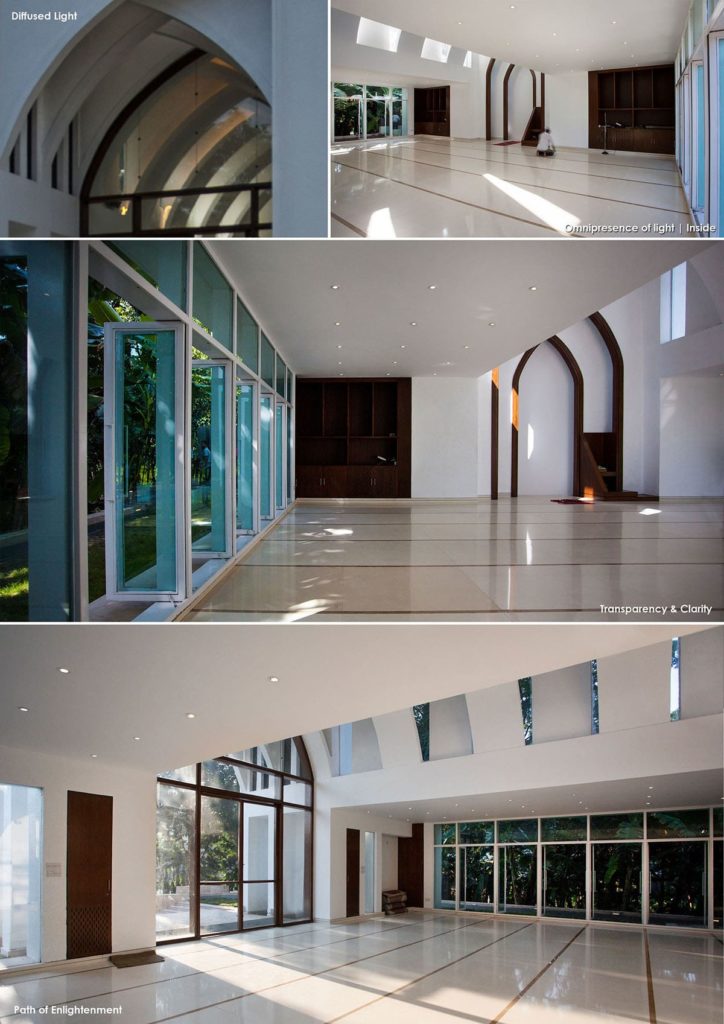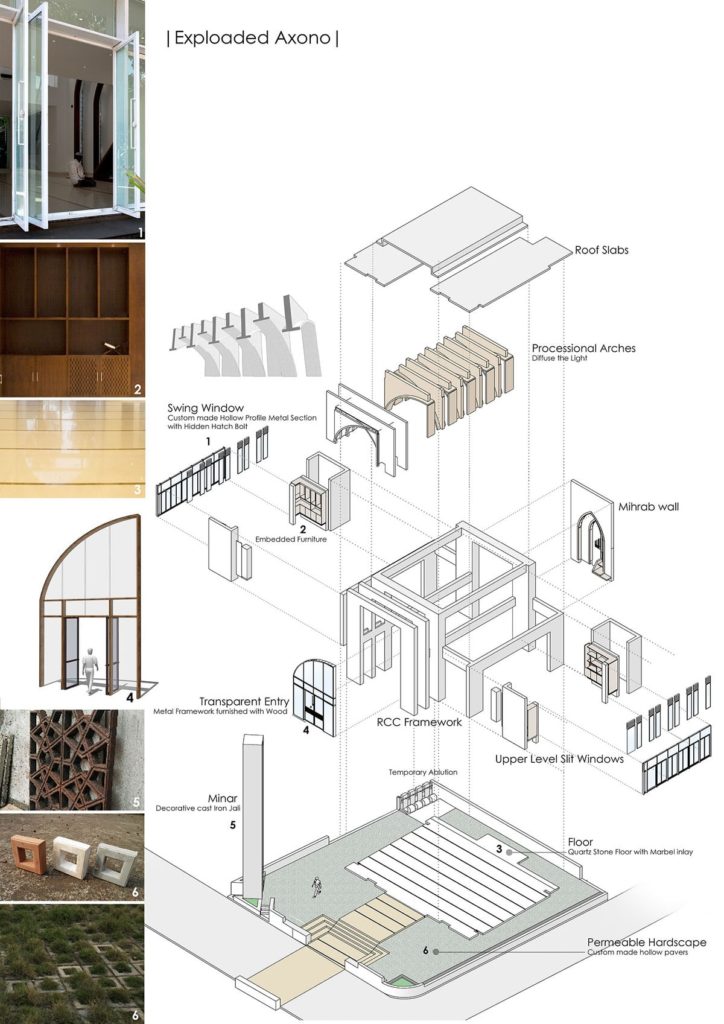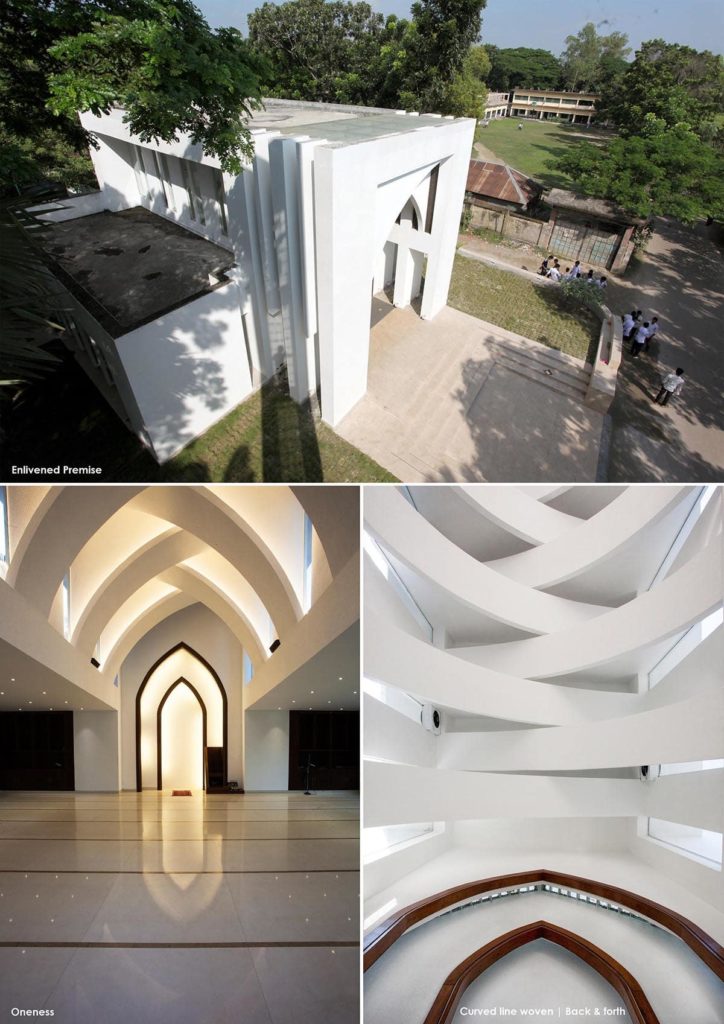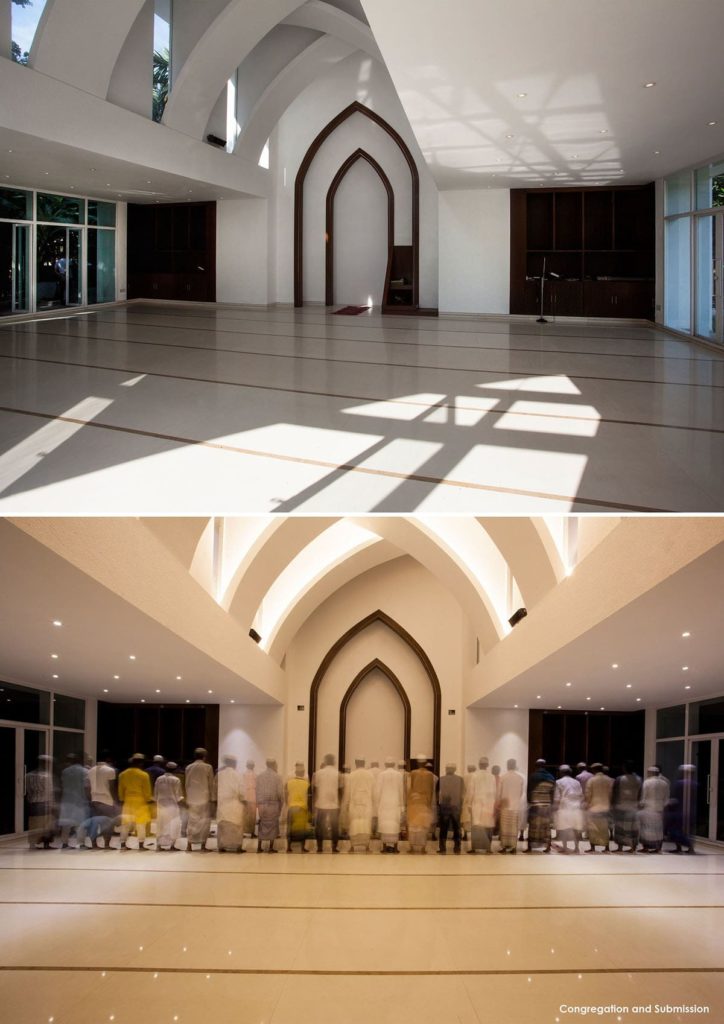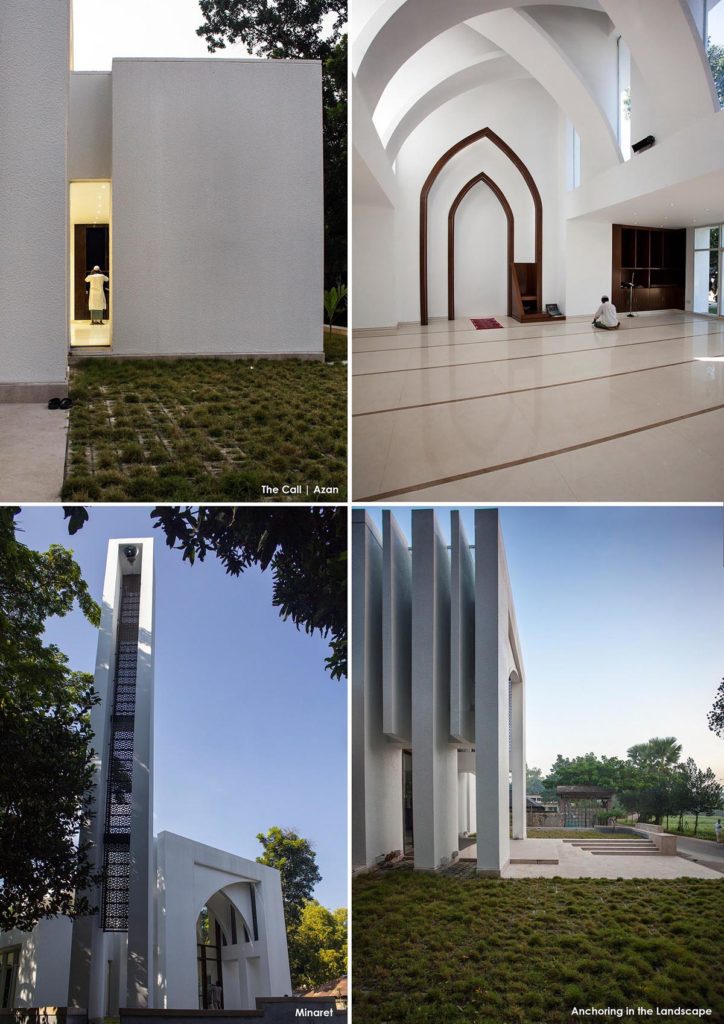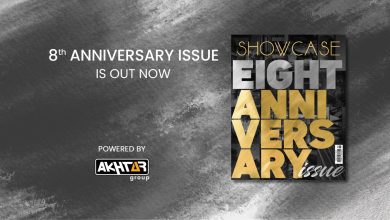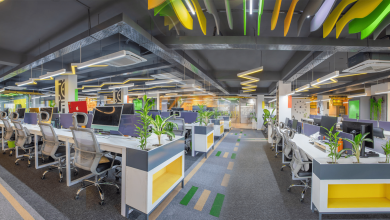Showcase 4 years Anniversary Special Picks- Public Space
Sponsored by
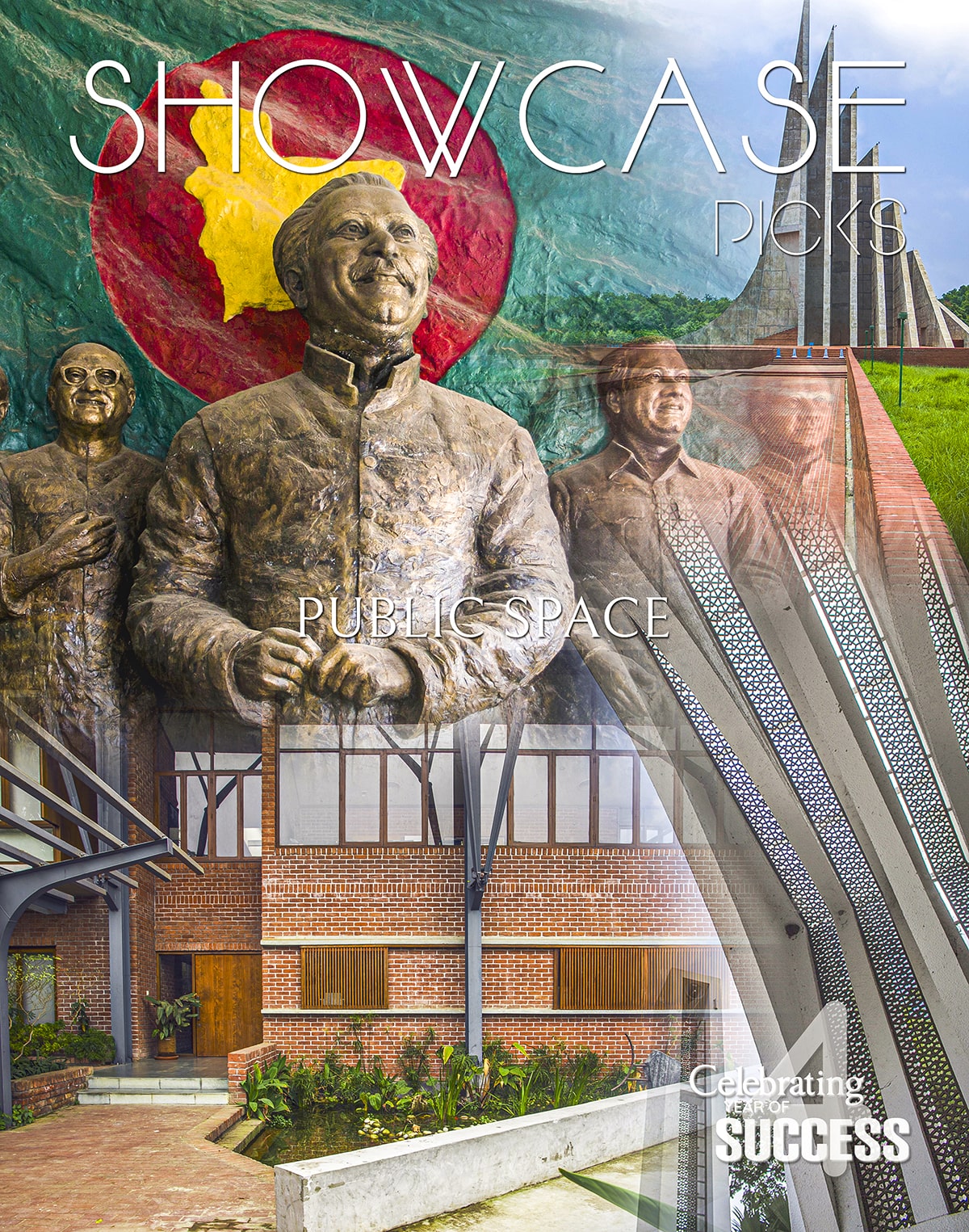
Spirit of Independence
– National Martyrs’ Memorial, Savar
Rooted at Savar, the National Martyrs’ Monument stands as an iconic structure, encapsulating the nation’s gratitude toward the heroes who sacrificed their lives for the Bengalis’ right to self-rule. As much as it tells the story of Bangladesh’s journey to independence, the National Martyrs’ Monument narrates a beautifully choreographed architectural story.
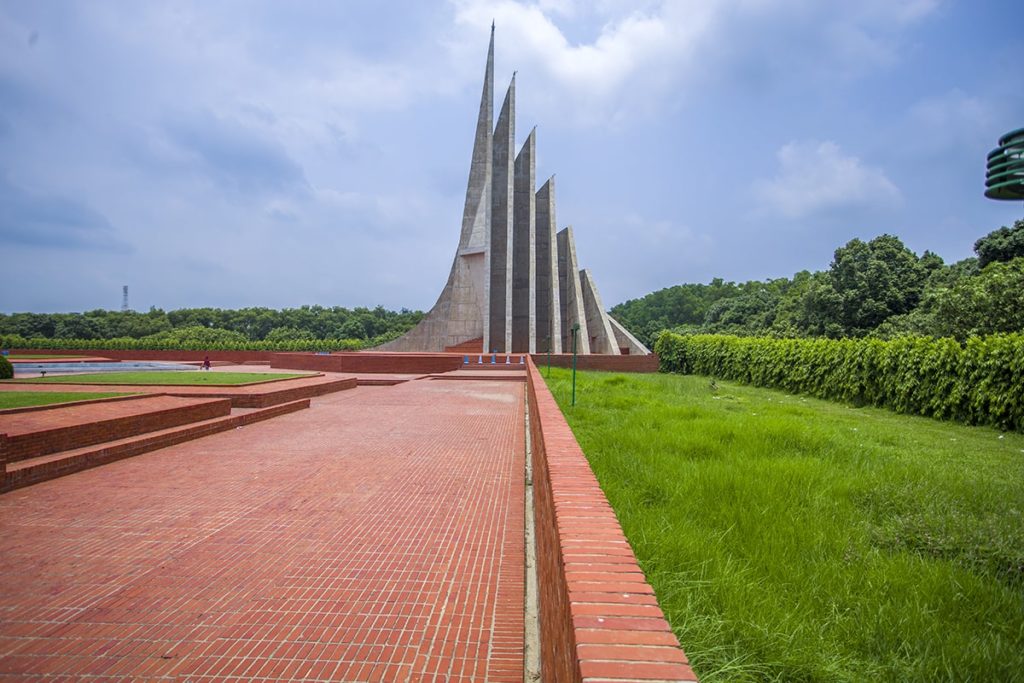
Designed by late architect Syed Mainul Hossain, the National Monument has its own story. In 1978, the government formed a committee chaired by celebrated architect Muzharul Islam to hold a competition to choose a design that would uphold the spirit of independence.
Therefore, a competition was announced at the architecture department of Bangladesh University of Engineering and Technology (BUET). Mainul along with the other architects submitted their design proposals, where he won the competition from a pool of 57 participants. His design had all the components the committee was looking for that represented the soul of the national identity.
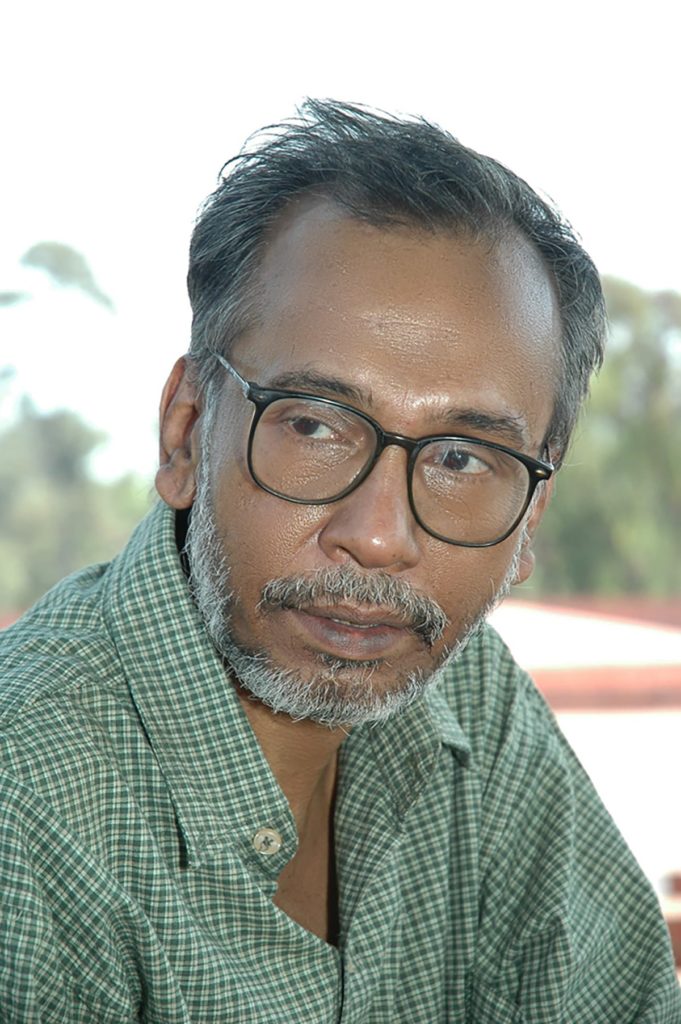
The monument composed of seven geometric triangles varying in size in its height and base, symbolize the bravery and sacrifice of those who fought for the country. The whole complex is spread over an area of 34 hectares of land, while the other 10 hectares is wrapped with a land-water green belt. The highest point of the structure reaches 150 feet has the smallest base, while the broadest base has the lowest height. This unique configuration of the structure creates an optical illusion. One of the most remarkable works of Mainul is the National Martyrs’ Memorial. Everytime when there would be collective rituals in celebration of nationhood in the National Martyrs’ Memorial; Syed Mainul Hossain’s name would be recalled.
Conveying the Memory of Liberation
– Liberation War Museum, Agargaon, Dhaka
The challenge of the Liberation War Museum was to portray all the chronological events of the Liberation war in a symphony under one single roof. The new museum structure at Agargaon, Dhaka stands not only as a symbol and representation of the struggle and turmoil of the war, but also a memorial to all nations thriving for independence. Back in 2009, a contest was held for the architectural design of the museum, where architects Tanzim Hasan Salim and Naheed Farzana won the first prize for their designs. Vistaara Architects worked as the associate consultant for the project.
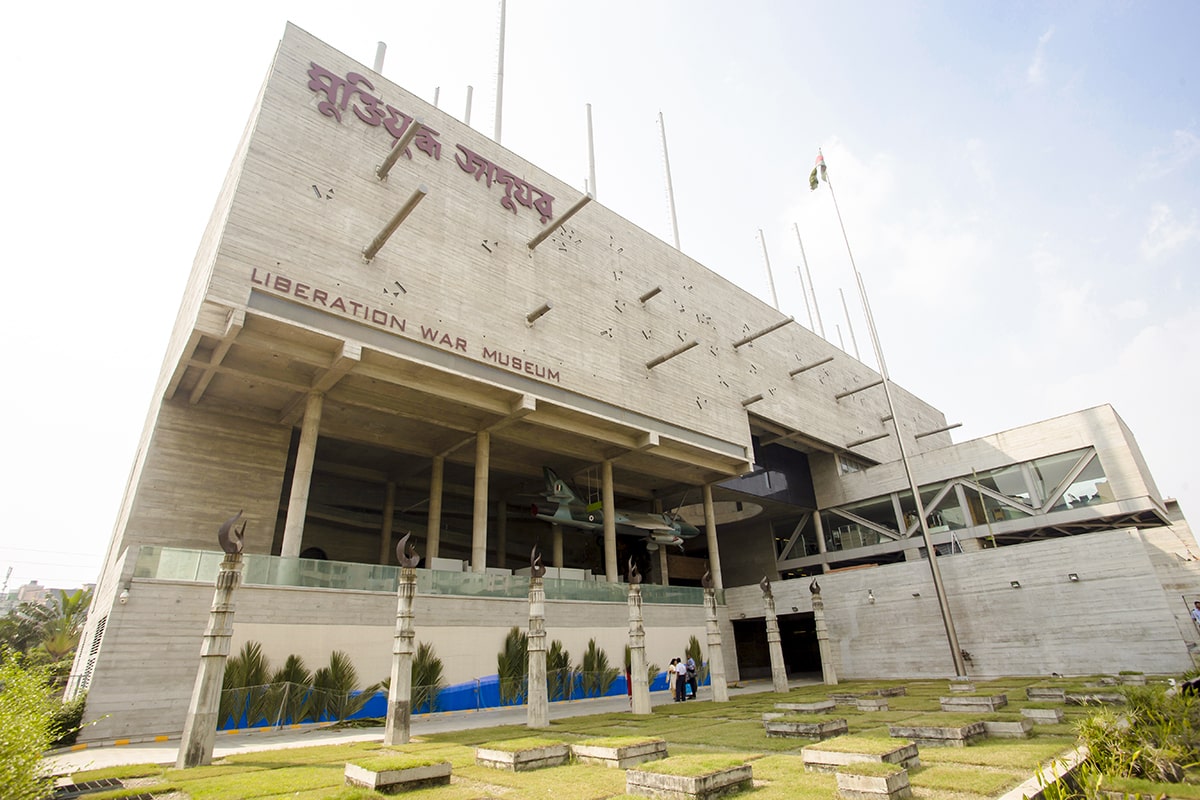
The original museum in Segunbagicha was a two-storied building with six galleries and an outdoor theatre. Since space was scarce for displaying the artifacts in-store, the step for expansion with a modernized approach was considered.
The new museum boasts a 1, 75,000 sft approx area with a 3,500 sqm gallery area along with spacious concourse halls and modern audio-visual equipment. The entry guides the visitors to the circular water body depicting force which holds the flame of eternity signifying tranquility and homage to the martyrs.
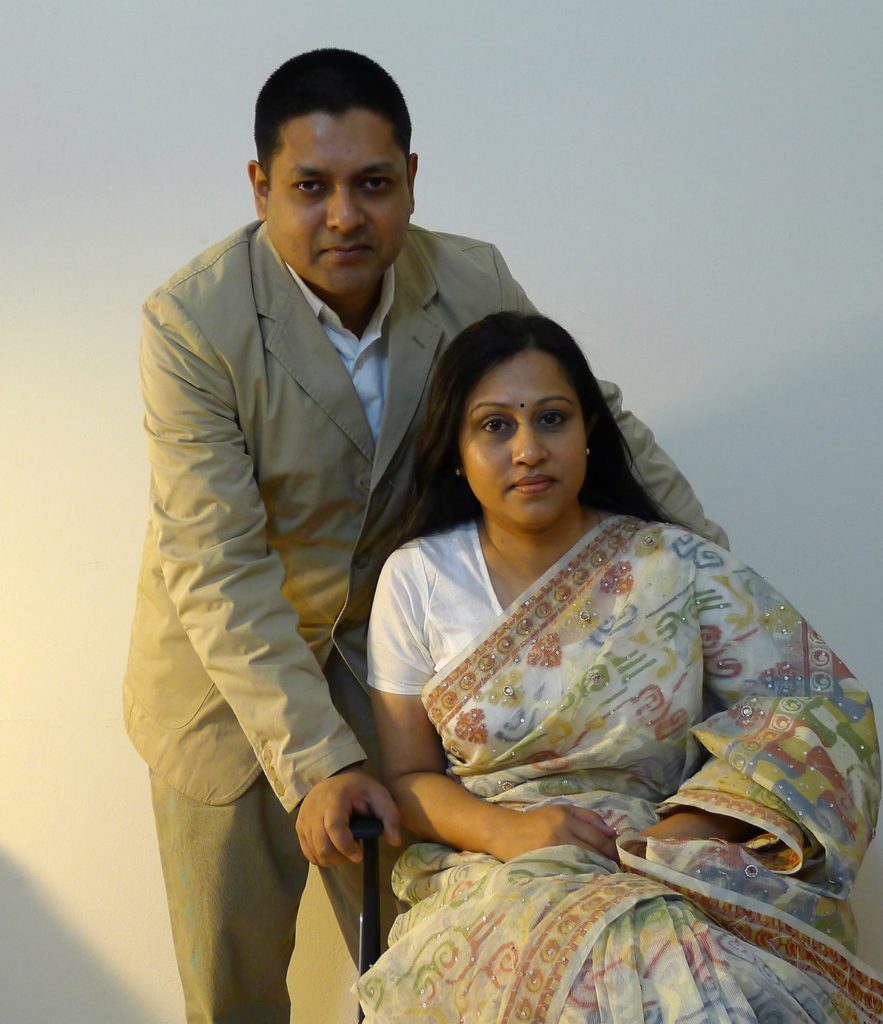
The seven pillars in front of the complex are in memory of the seven highest martyrs (Bir Shreshtos). The most significant part of the project is the chamber of remembrance and realization which comprises of a circular void through which sunlight falls upon the water body and the flame below. The light passes through the perforated murals of the wall of history depicting the continuation of human and natural forces of the nation towards its journey through the ages. The formal expression, planning and implication of the Liberation War Museum showcase the spirit of the Liberation war through architectonic expressions.
Upholding the Legacy
– IAB Institute, Agargaon, Dhaka
IAB (Institute of Architects Bangladesh) located at Agargaon is a place of vital importance to the architects. When the national design competition for this project was held, architect Ehsan Khan came up with the design and won the competition. The work is fresh and inventive but is also a very particular reflection of the traditional and utilitarian design.
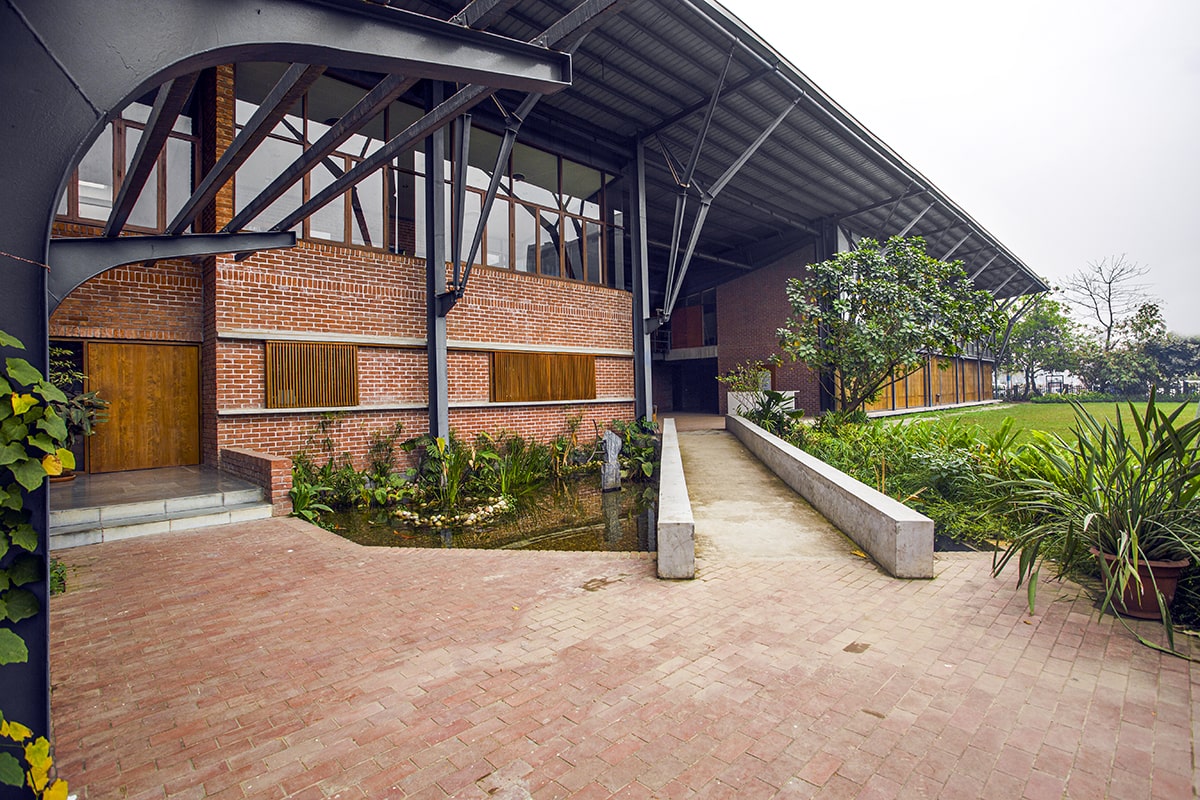
When asked about the philosophy out of which he creates his designs, Ar. Ehsan Khan replied that he asked the similar question to the legendary architect Late Ar. Muzharul Islam.
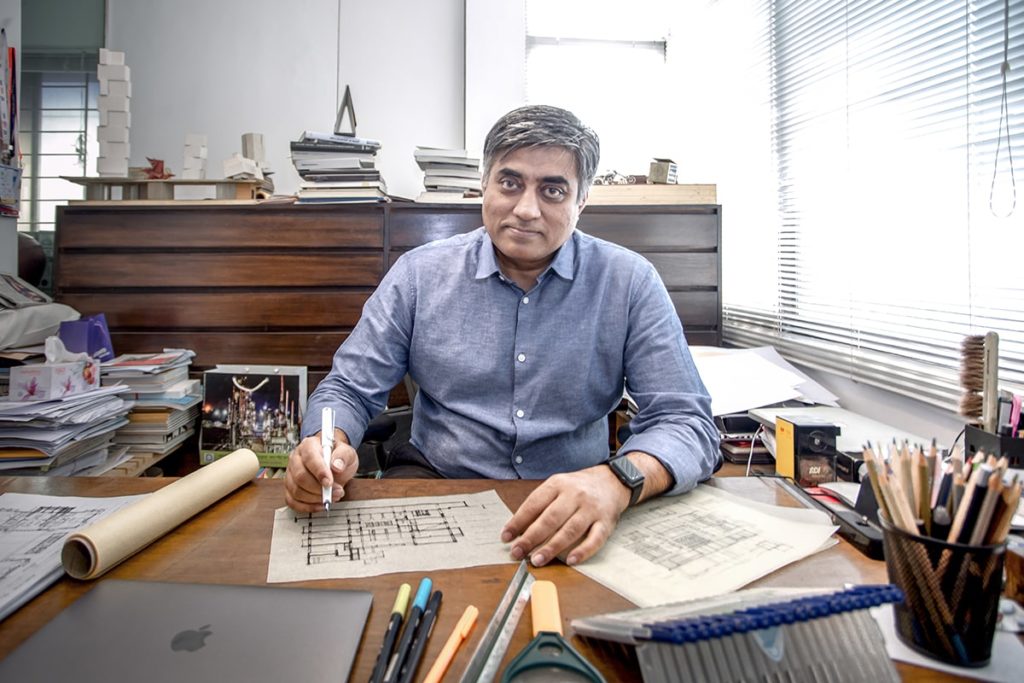
To this question, the Late Ar. Islam replied that philosophy is a humongous term, rather it can be said that work is done on principles. This particular reply, Ar. Khan feels is something that he found to be appropriate and very relevant. Just like his mentor, he works on ethics and principles rather than philosophies. Apart from Late Ar. Muzharul Islam, he also gets inspiration from his teachers. On an international level, master Ar. Late Le Corbusier has a huge impact on him and the effect is parallel to that of Ar. Muzharul Islam. Contemporary Ar. Peter Zumthor inspires him to take his work to another leap and implement working techniques more easily.
A Beacon against the Night Sky
– Rural Lantern, Narshingdi
The Rural Lantern is situated in the heart of a village named Mohor Para, Narshingdi district. The serene white mosque, encompassing 477 square metres of land was constructed from the year 2012 to 2014. A K M Tanvir Hassan Niru, Nahid Akram, and Manifa Rehnuma of the architectural & landscape consultancy firm ‘And ORDEN’ contributed to bring the mosque into existence. Due to the location, it is also referred to as the Mohor Para Mosque.

At a glance, one might notice the soothing white walls, the suggestion of a dome in the arches, or the simple straight minaret. The longer it is beholden; each element of design merges seamlessly to provide a work of art. The design takes hints from Pre-Mughal and Mughal era mosques and presents the whole idea in a modern package.

After sunset it becomes an ethereal source of illumination for the pedestrians and perhaps more importantly, the mosque users. The lattices at its entryway are interspaced with lattices, which let in natural light during daytime and spills illumination during night, much like a lantern. Moving away from the usual modern practice of closing off a space, artificially illuminating and air conditioning it, The Rural Lantern embraces nature wholeheartedly.


